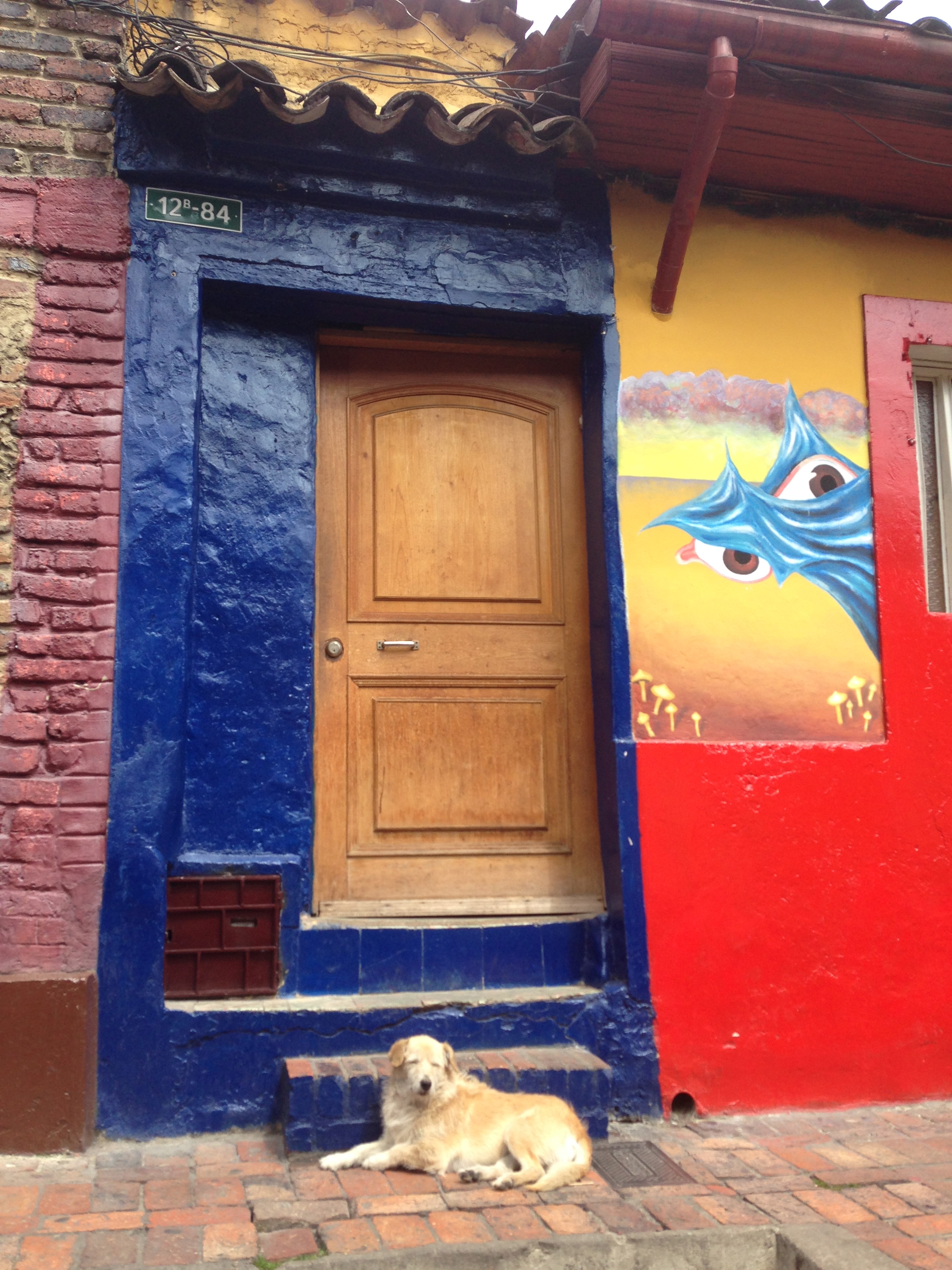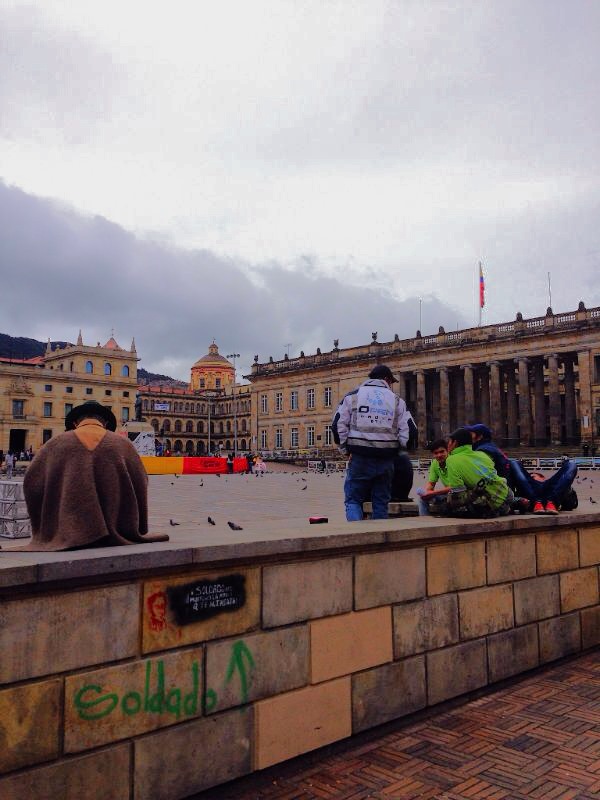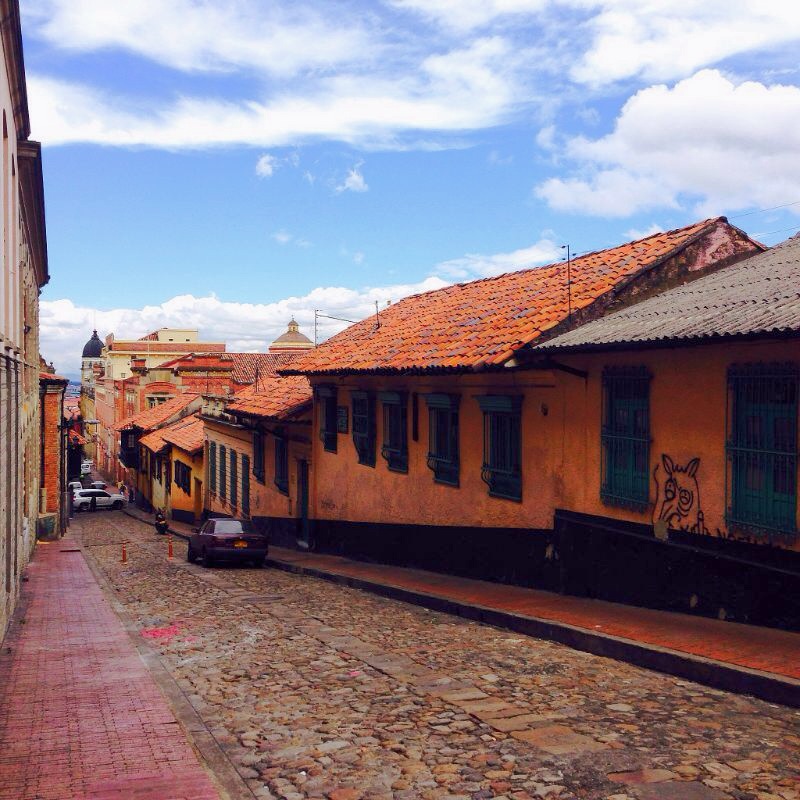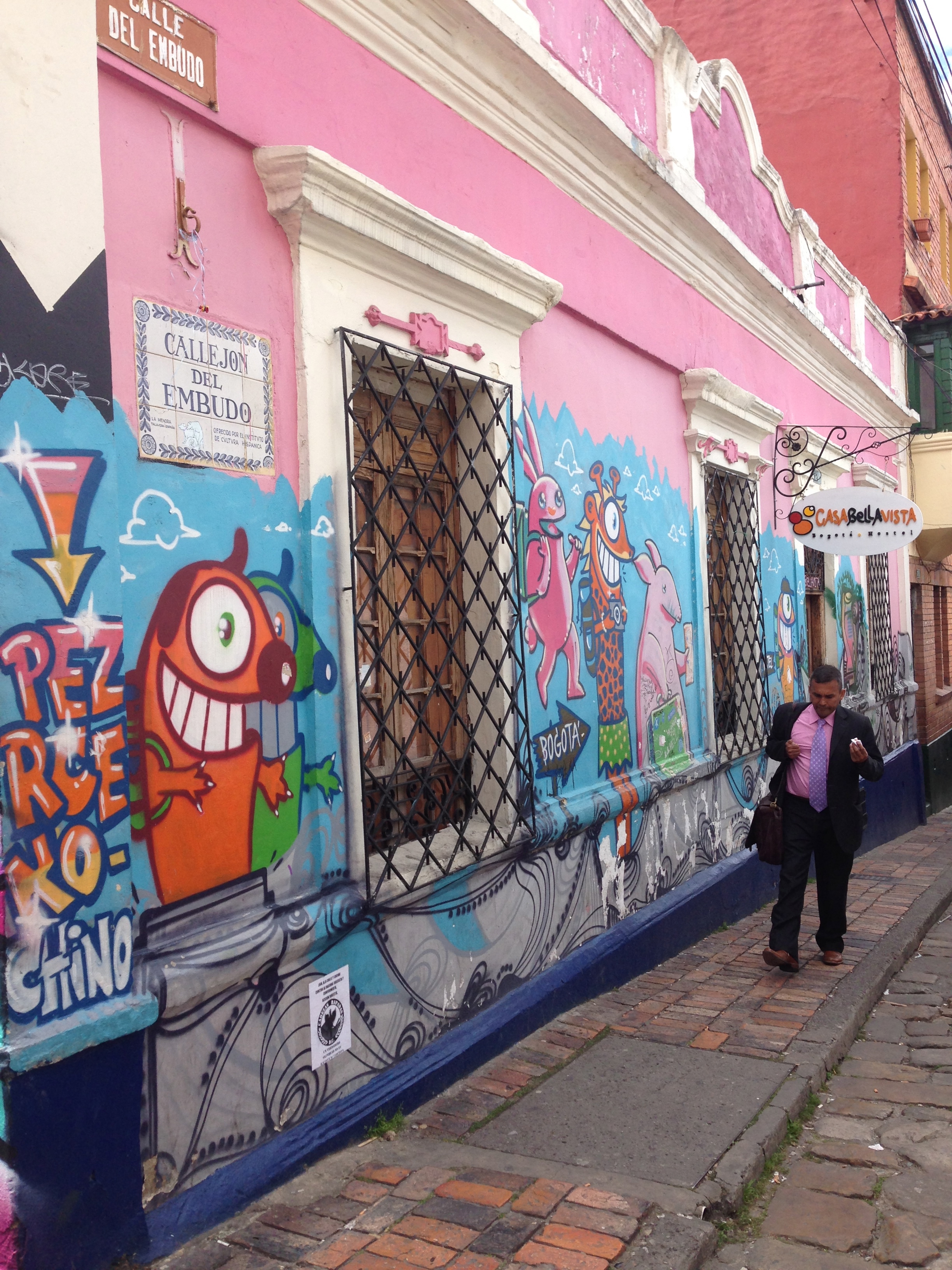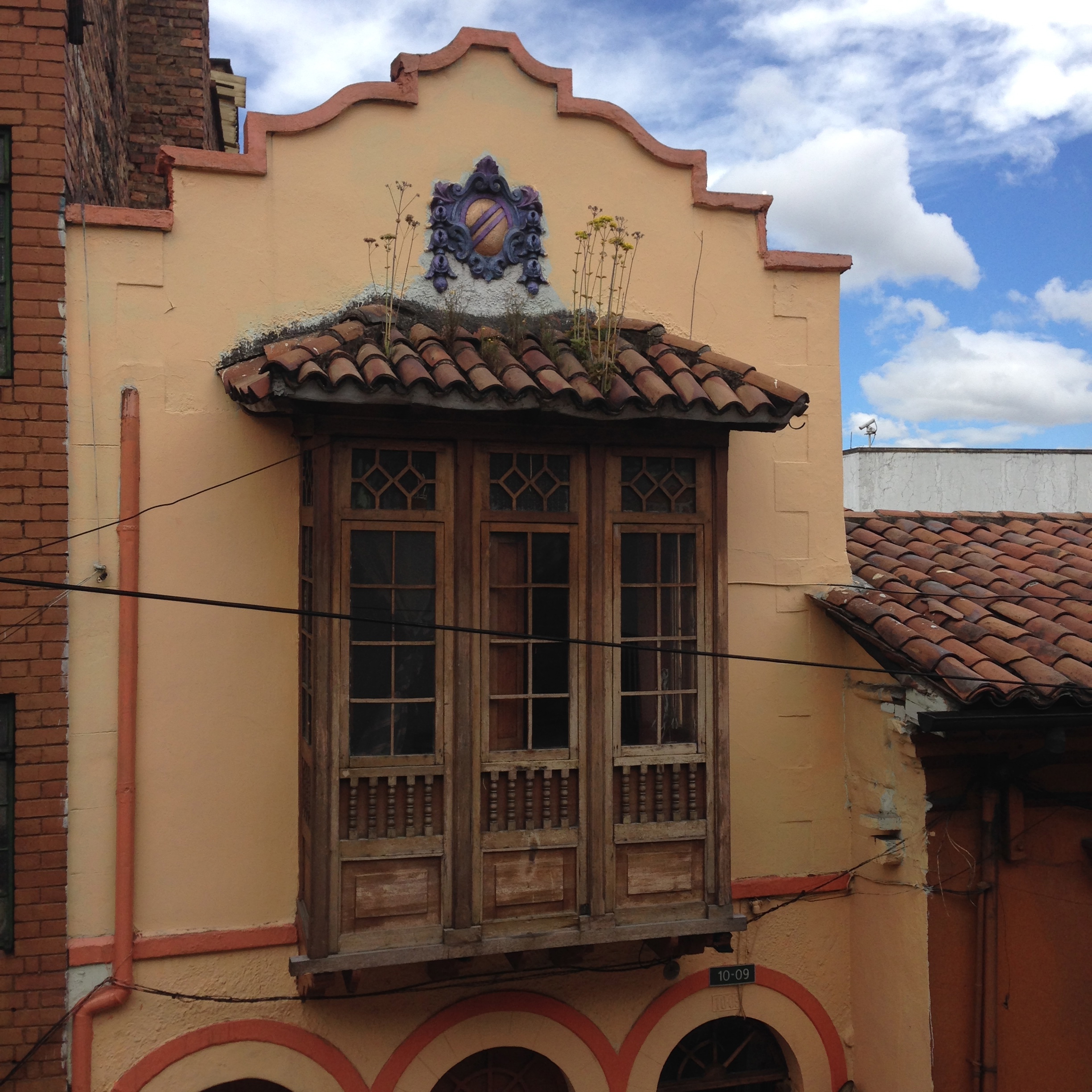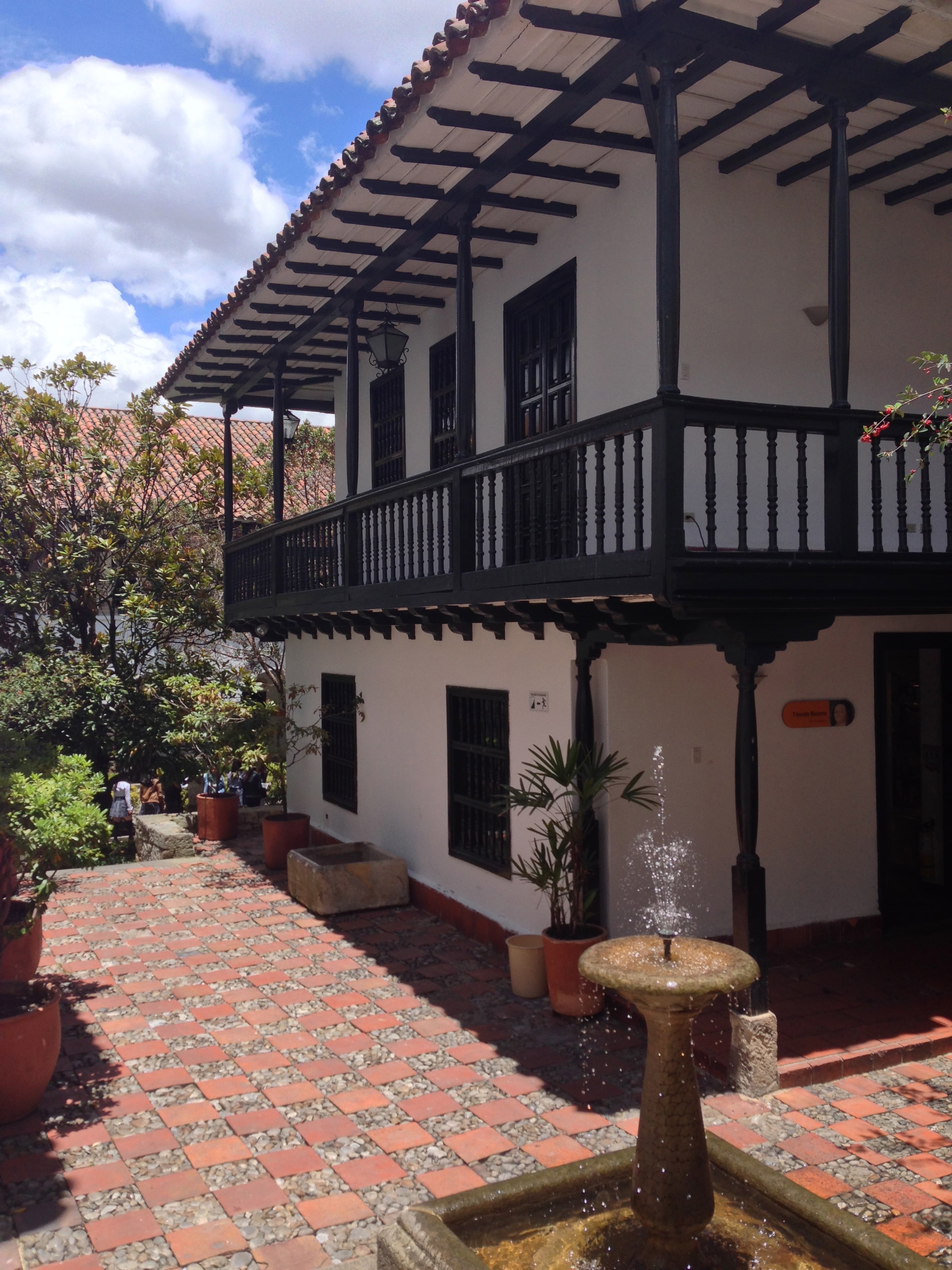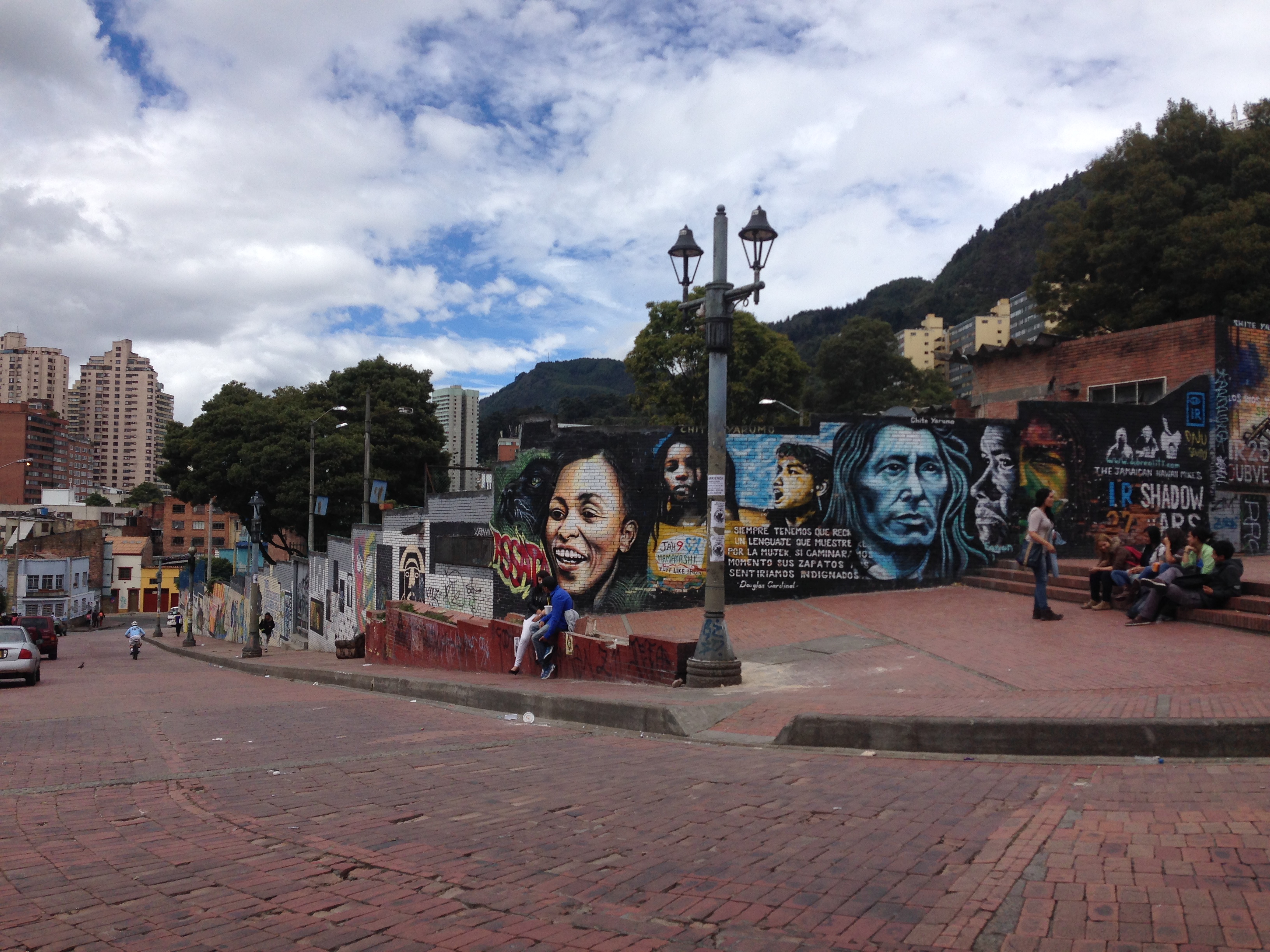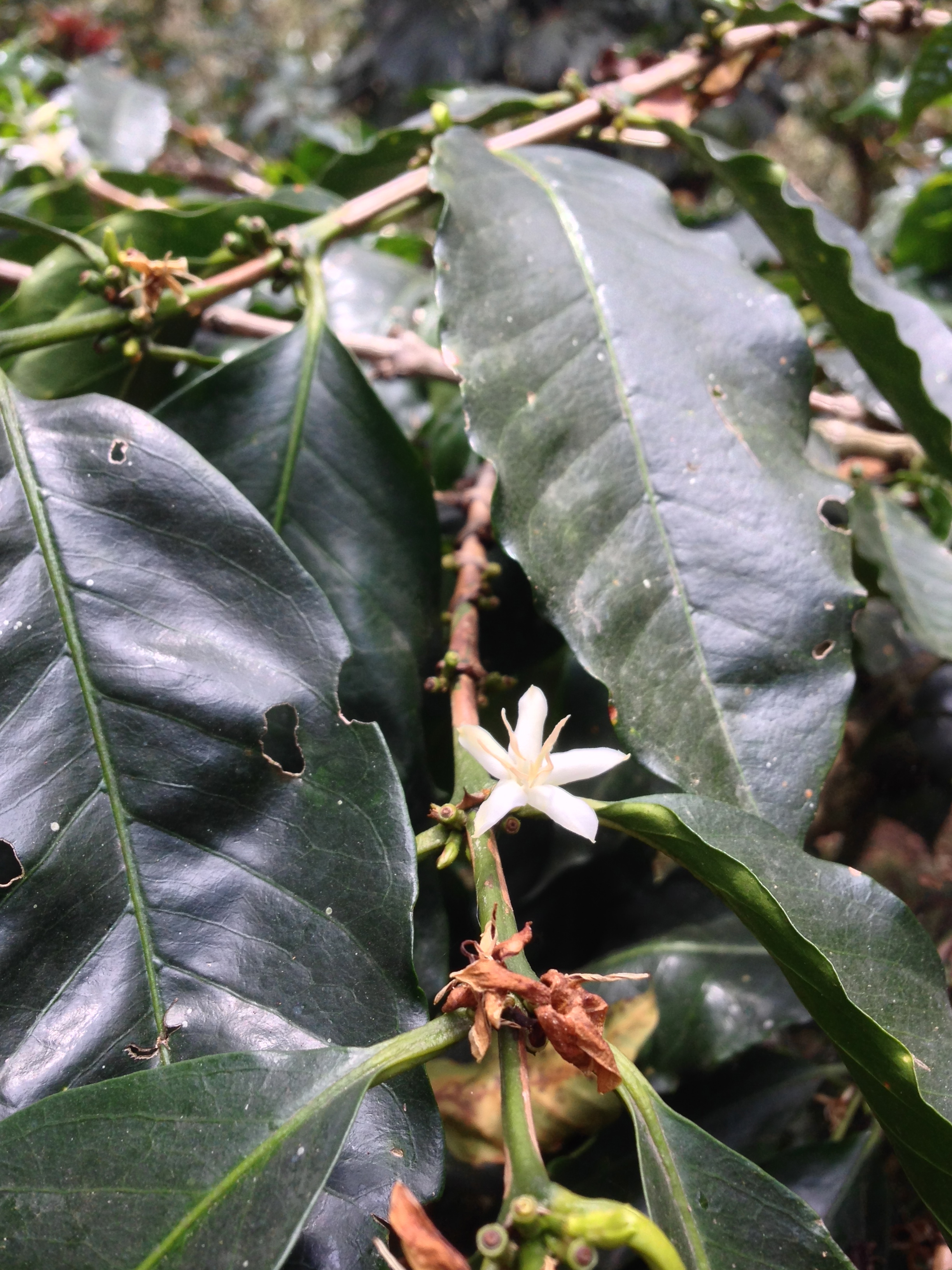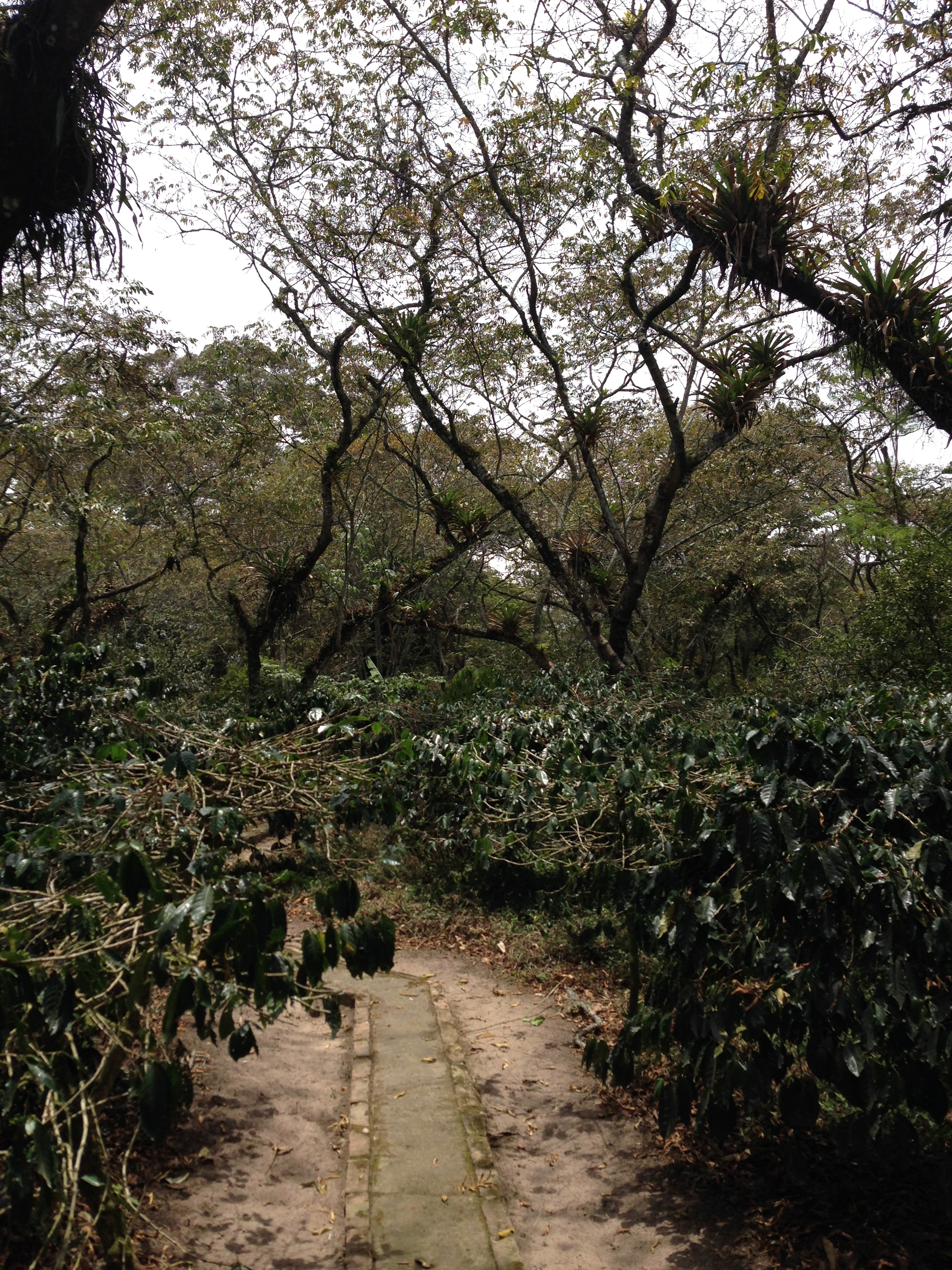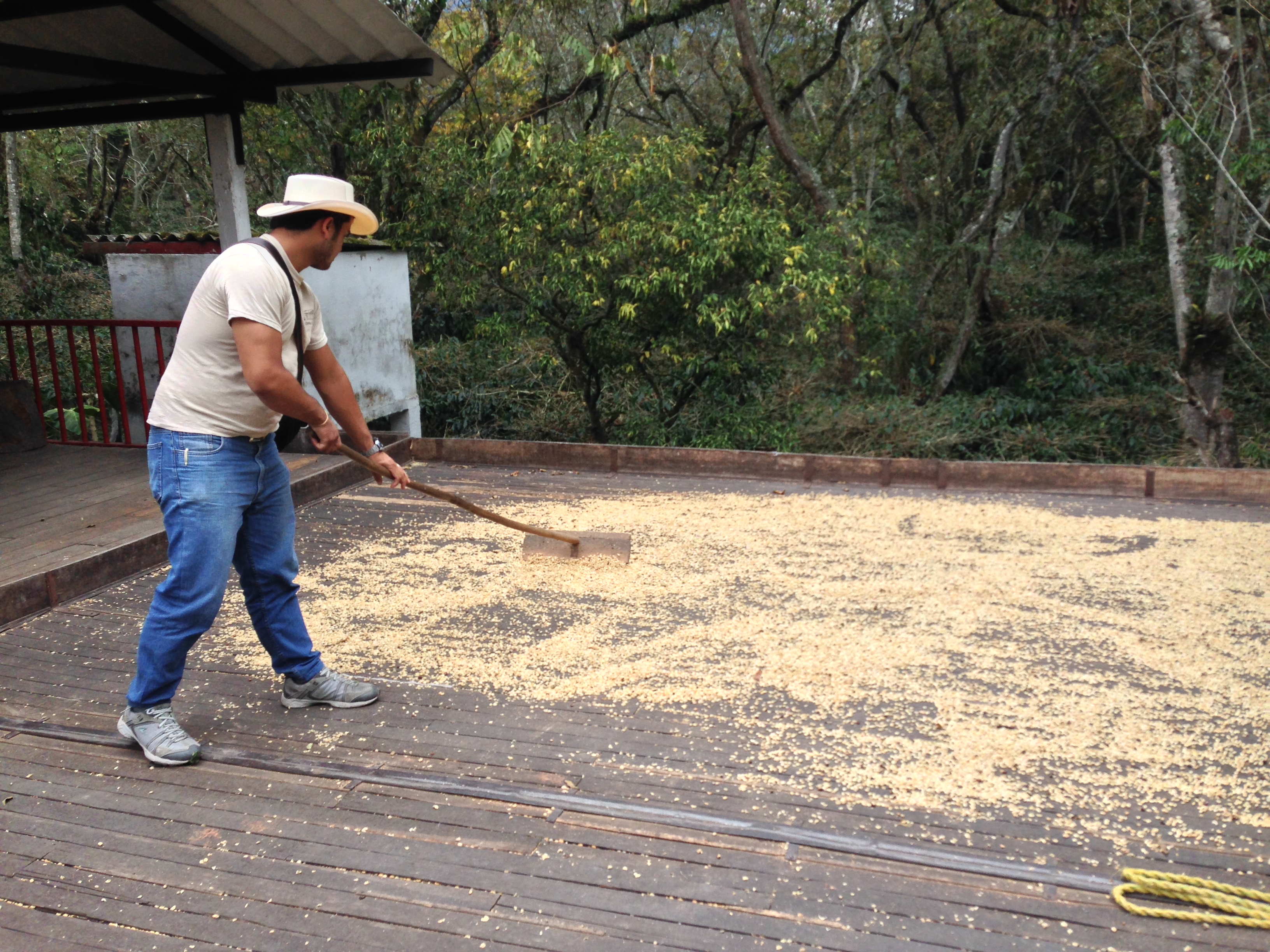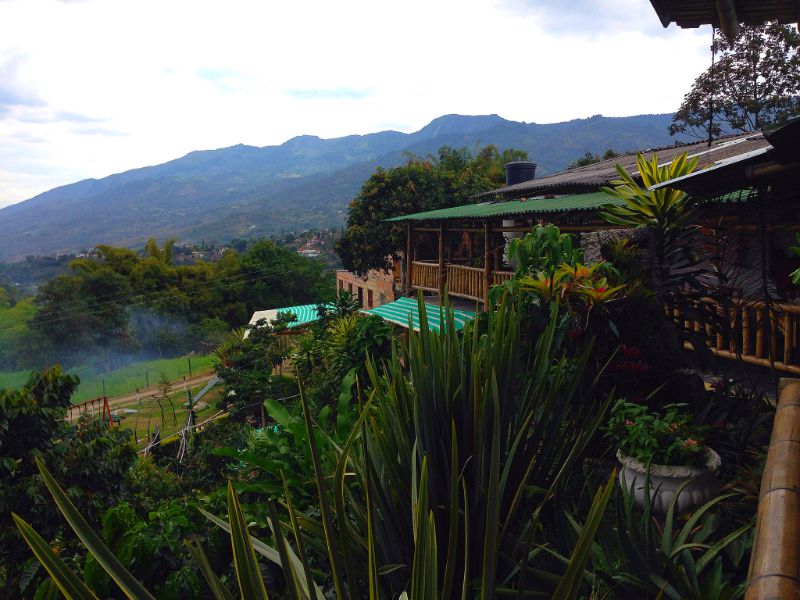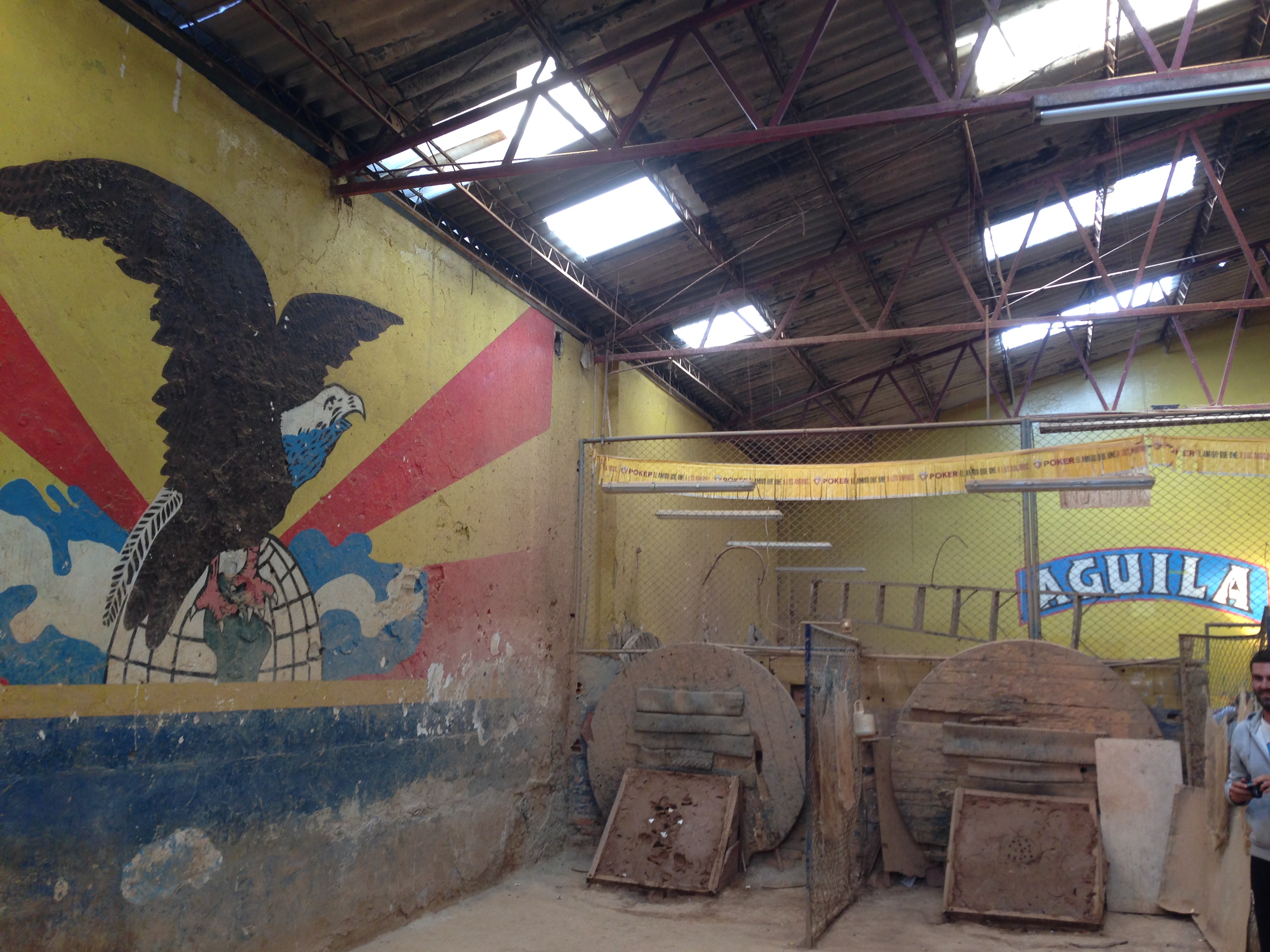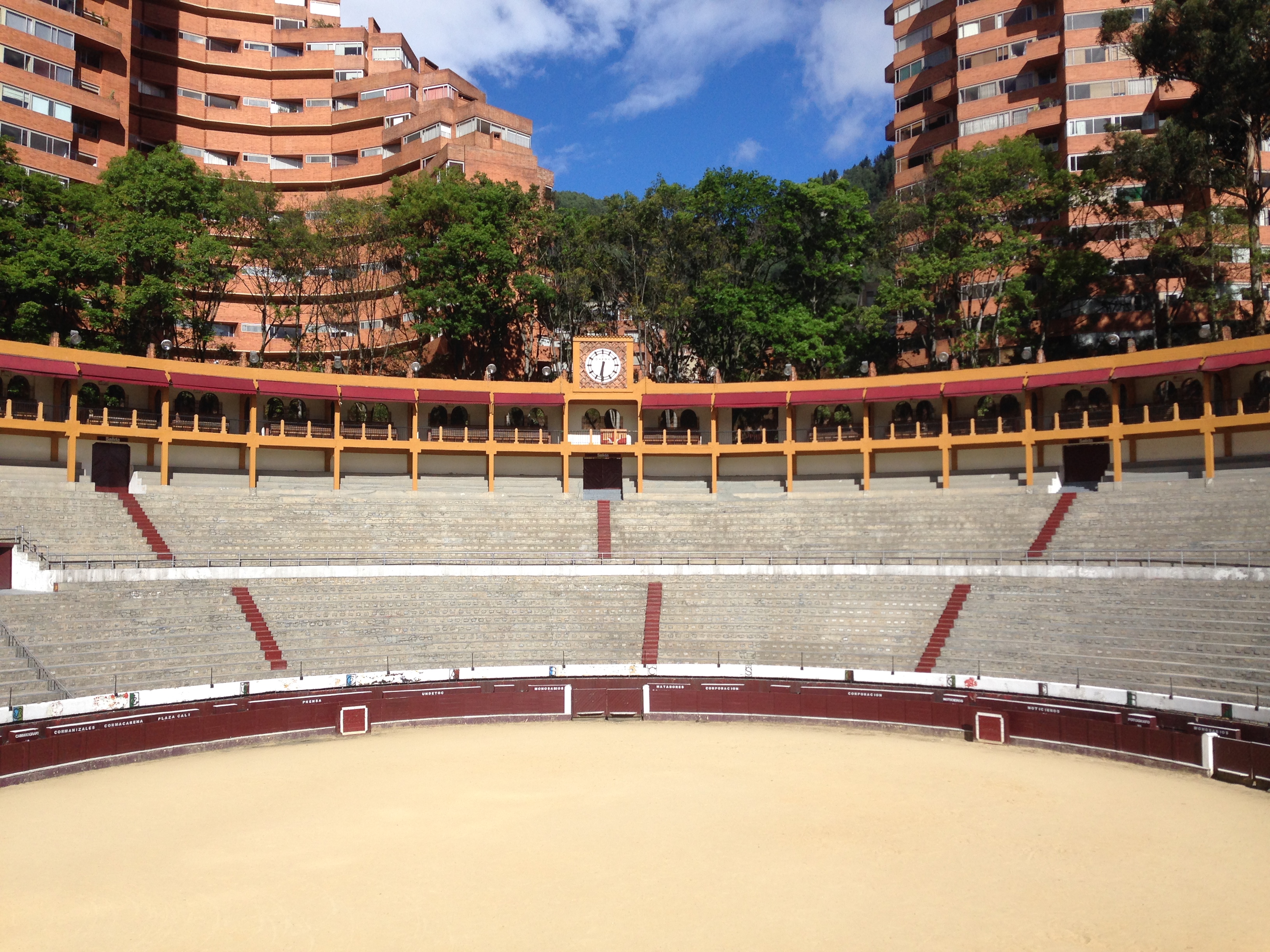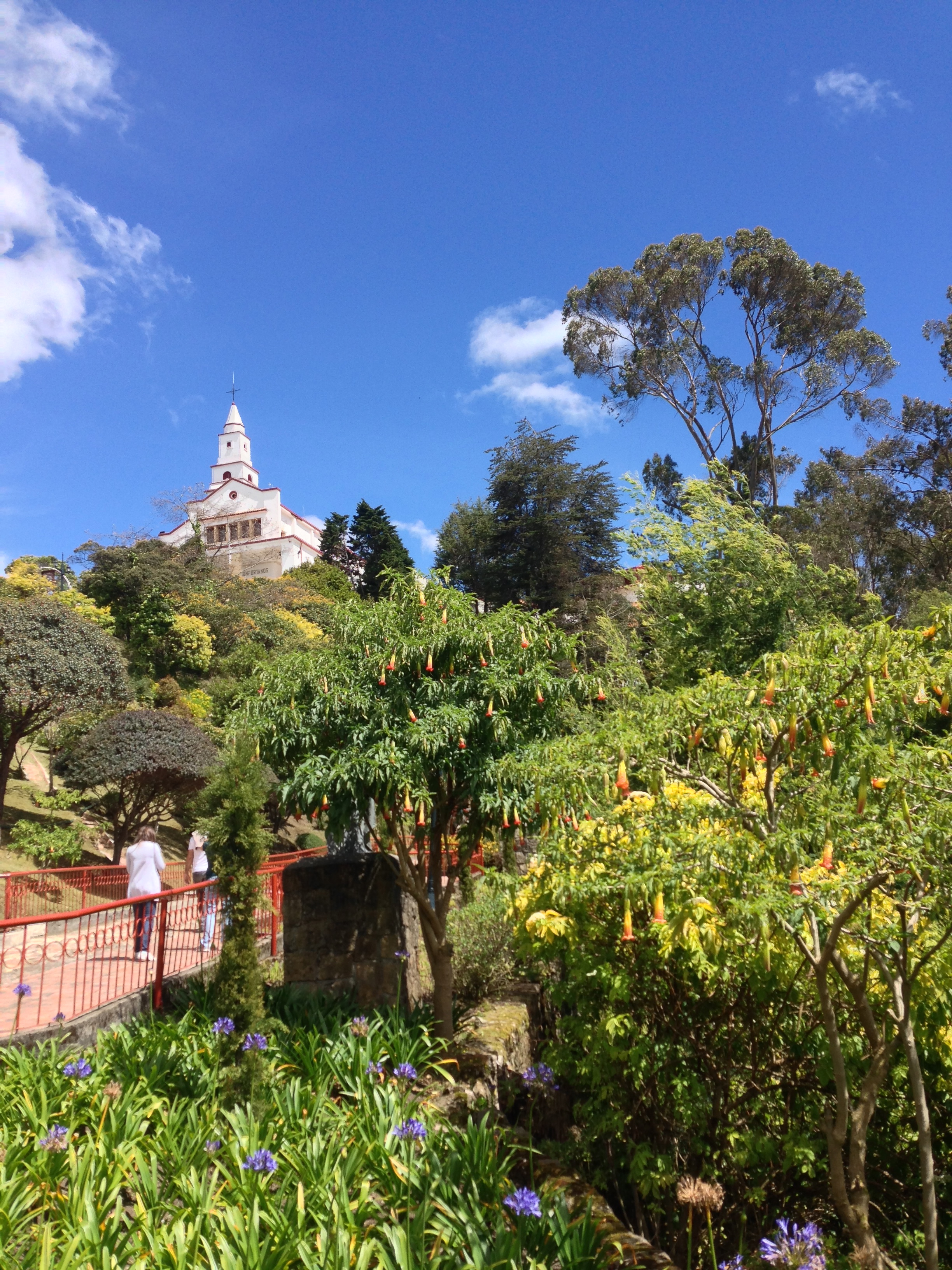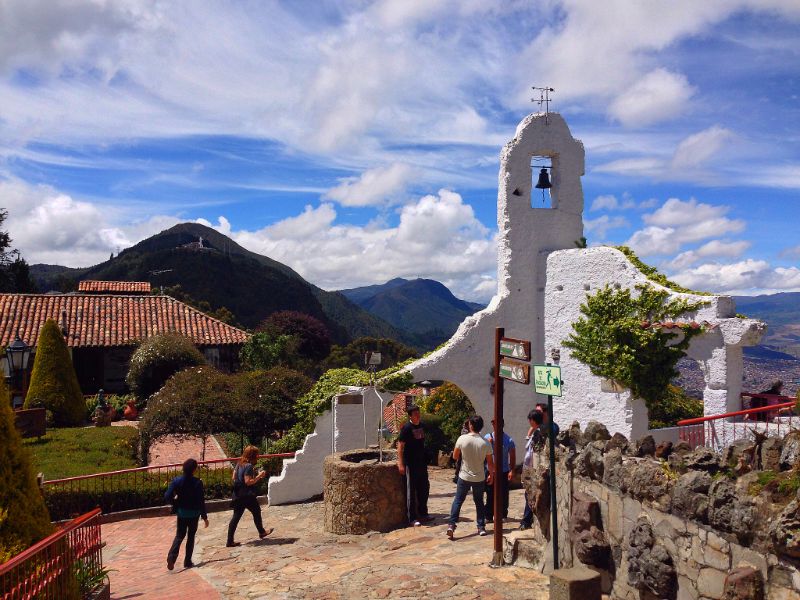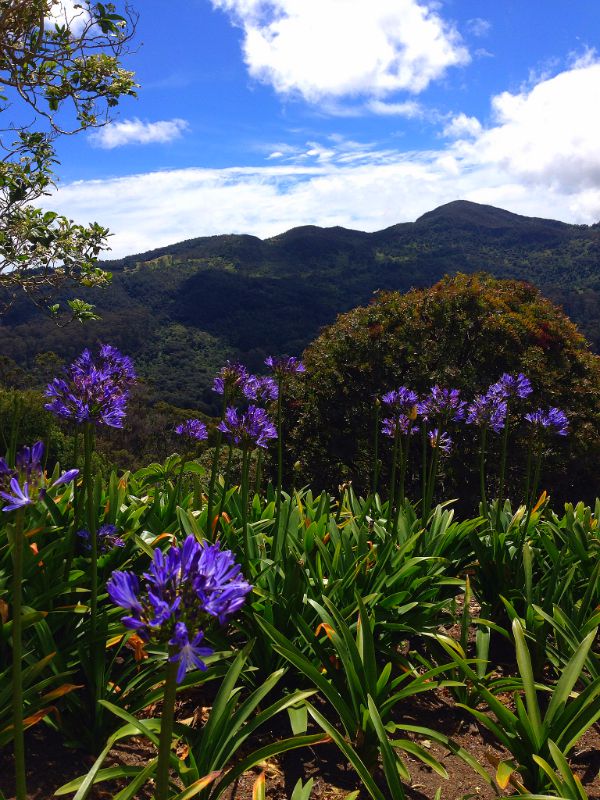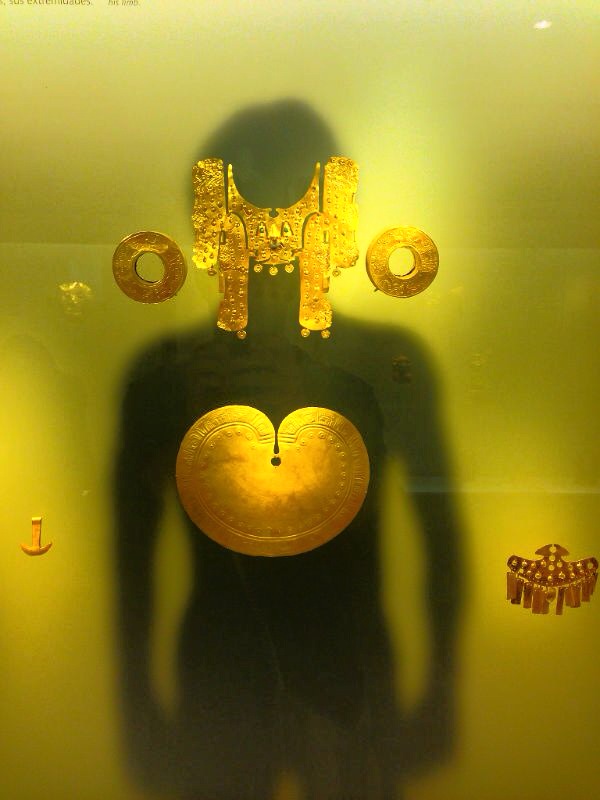“Bogota is not a tourist place,” the customs agent at JFK said to me.
“I know,” I responded through a smile, “but it was pretty damn cool!”
It was the perfect exchange to sum up four days spent checking out Bogota, Colombia’s capitol and a landlocked city deep in the Andes Mountains that isn’t on most American’s to-do travel list. But the custom agent’s statement wasn’t exactly true. It’s not that Bogota isn’t “a tourist place,” it’s just that tourists haven’t discovered it. But given the cobble stone streets of the city’s old quarter, the mountain side parks flanking it’s eastern half, the abundance of ridiculously good restaurants, the boutique hotels and buzzing pedestrian filled streets, I’ll add a resounding “yet” to the end of the at last sentence.
Part of that is because Colombia’s still working to beat it’s bad rap. So let’s clear that up real quick before moving on. Colombia spent most of the last 10 years waking up from it’s dark years in the ’80s and ’90s as a kidnap capitol with streets paved in cocaine, run by drug cartels and corrupt politicians who were fighting a gorilla war against leftist rebels. Like Star Wars meets Scarface. Not exactly the place most people would select to spend their vacation, but the turmoil has turned into history. These days Colombia tourism is in a sweet spot—a mix party/cultural/adventure travelers with their ears to the ground and gregarious locals who are eager to show you their country has grown up. It’s more Sophia Vergara than Mr. Escobar. More Shakira than Scarface.
It is an easy 2 or 3 day pit stop on trips to Cartagena or Medellin, Colombia’s most touristy cities. Why go? Aside from upping your bad-ass cred for going off the beaten path, you’ll get a purer sense of the new post drug war Colombia.
Things to do:
1) Bike tour—Lets go through the top the reasons this bike tour is worth the $20 and a half day of your time. The guide was a knowledgable 21 year old anthropology student took and was not at all corny. She got us beers at a local Tejo Hall (Colombia’s national past time—think horse shoes meets skee ball and clay), walked us though a local market and introduced us to a man selling coca leaves (the chewing of which helps with altitude), whisked us through Bogota’s unbelievably seedy Red Light district (Do NOT take pictures, she said) and landed us in a cafe that roasted their own coffee beans on site. Also—a defunct bull fighting ring and an ephemeral cemetery right in the middle of the city.
2) Ride a Funicular to the top of Cerro de Montserrate—It’s a mountain right in the city center of Bogota. Up top, you’ll find sweeping views, lots of vendors selling coca tea (made from the leaf of the plant that makes cocaine), and a church where Catholic pilgrims go to pray for good health.
3) Be Cultural—Bogota has two unique museums. The Gold Museum is one of the largest collections of gold in the world that’s not stuffed in a vault. It is a great place to marvel at pre-Colombian artifacts and get a sense of the country’s indigenous history. The Botero Museum is free and features a personally selected collection donated by the artist himself. Why not?
4) Wander La Candelaria—This is the old part of town. Cameras will be happy. Feet will be worked. It’s the touristy part of town that’s oddly vacant of tourists.
6) Visit the Coloma Coffee Farm—A good day trip out to the countryside where you can pick coffee beans, learn how they’re made and then drink. Be sure to stop at a country restaurant on the way home. (Ask about Punto Verde, it’s a local fave and a great place to try rabbit au gratin. Yup.)
7) Italian Food—”There’s not a lot of traditional Colombian restaurants in Bogota,” says native son Daniel Castaño, a disciple of Mario Batali who recently moved to Bogotga from Brooklyn to get in on the new action happening here. “They want the flavor of the world. I supply the Italian.” Emilia Romagna is the name of his most celebrated restaurant and where they cure their own meats.
8) The BOG Hotel—There are big chains here, yes, but the BOG is the first design hotel to open in Bogota (there are only 250 so sanctioned properties in the world). It’s located in the posh La Cabrera neighborhood, as far away as you could imagine from anything dangerous. Actually, it makes Beverly Hills look a little shabby. The hotel itself is inspired by gold and emeralds, two of Colombia’s natural exports, and has the customer services to match. The rooftop pool looks out onto the entire city and the subterranean restaurant, La Cocina Mestiza, mixes Colombian with Arabic, French, Chinese and Italian. Mention it to anyone in town and watch them visibly start to drool.
Get There: LAN flies direct from Miami to Bogota
